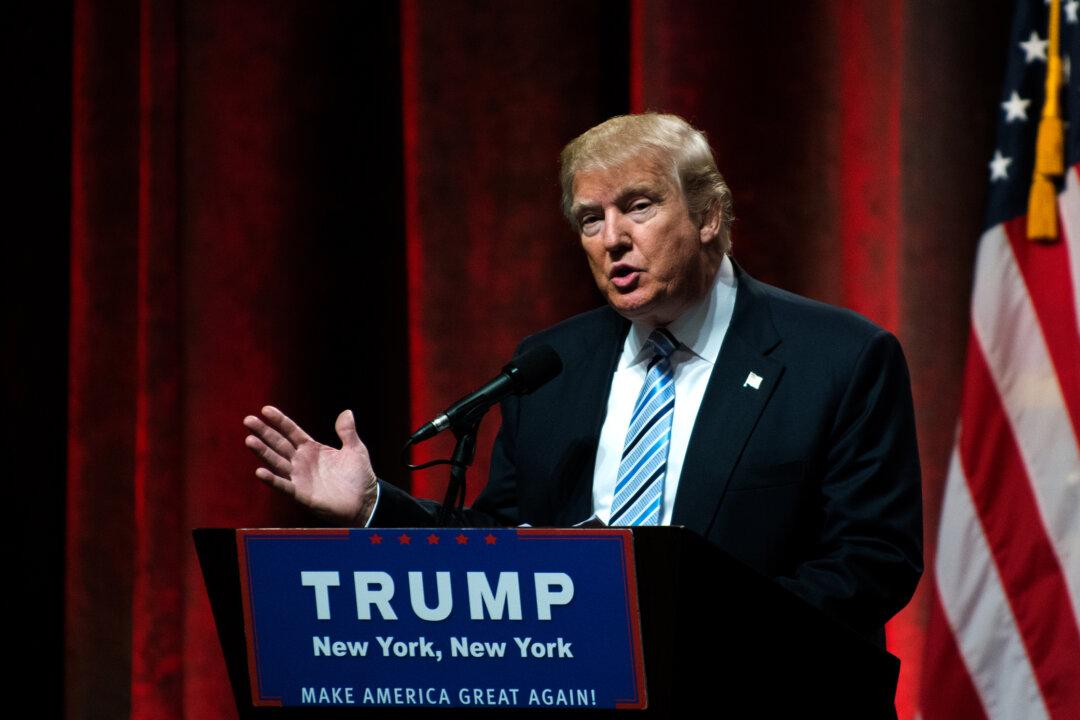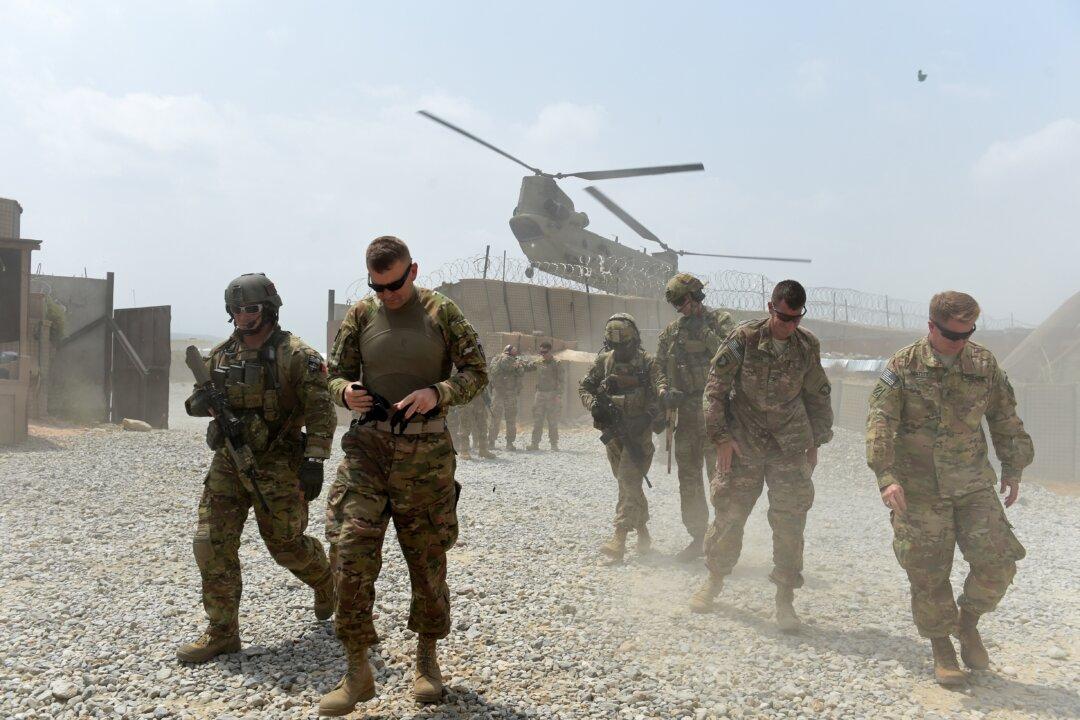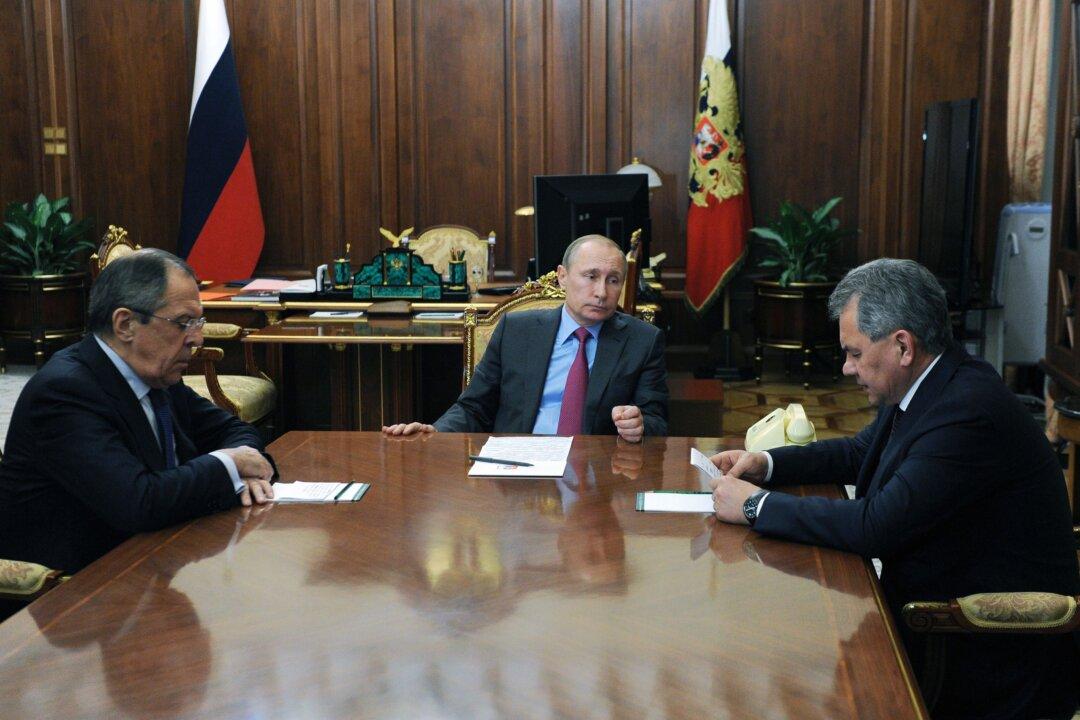In just a few days’ time, businessman and reality TV star Donald Trump will address the Republican National Convention in Cleveland, Ohio, as its nominee for the 2016 presidential election.
It will be an extraordinary moment of political theater. Trump will address a Republican establishment that never wanted him to succeed and many GOP voters who deeply dislike him. And yet, Trump’s speech won’t be the most important scene to watch this week. It may not even be in the top four.
Given Trump’s extraordinary march to the nomination the Republican elite may not back him in November, even though he is running strong against Hillary Clinton in several national polls.
Even if they really think their nominee is electable, they could fear that his unpredictable, narcissistic, and often destructive behavior is just too risky. Instead, the GOP’s politicians and strategists could decide to let the White House go and focus on keeping their majorities in the House of Representatives and the Senate, both of which the “Trump effect” has put in danger.
So for anyone on Trumpwatch, here’s what we know so far.
#1: The Speakers
One key document is already out in the open: most of the Republicans’ leading politicians are staying as far away from Trump as they can, including their last two presidential nominees and last two living presidents. There will be as many Trumps speaking (Donald, his wife Melania, and his children Don Jr., Eric, Ivanka, and Tiffany) as there will be senators.
Four of the six senators speaking are from the right wing of the party. Only Kentucky’s Mitch McConnell, the Republicans’ leader in the senate, and West Virginia’s Shelley Moore Capito are anywhere near the political center (and only in a relative sense); Iowa’s hog-castrating Joni Ernst, Texas’s Ted Cruz, Alabama’s Jeff Sessions, and Arkansas’s Tom Cotton are of a decidedly different hardline bent.




